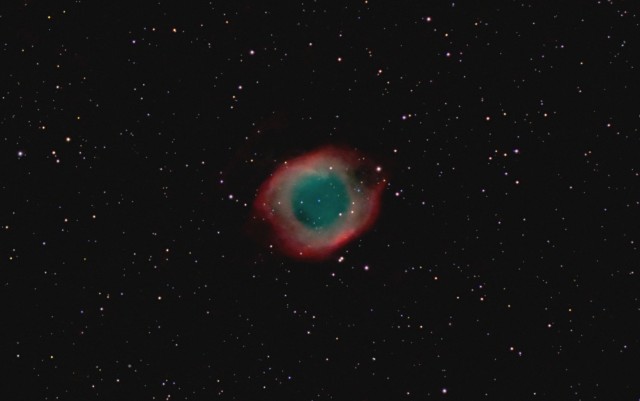
The obligatory Helix Nebula photo for 2014. This was taken in the early evening hours of October 24th, 2014.
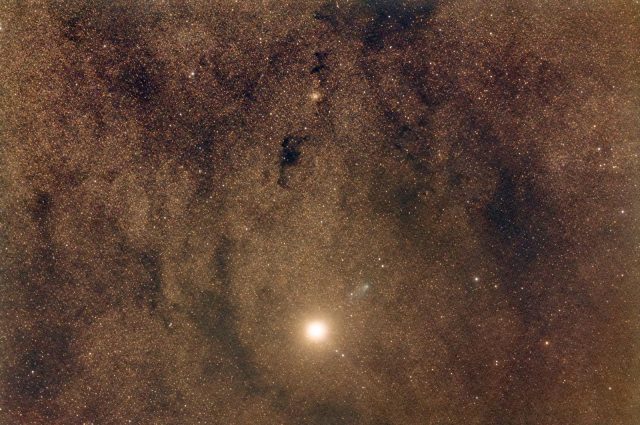
Update October 20, 2014: The above image is an update with more time added. Compare it to the image below which was made with only 20 minutes of data shot at ISO 6400 (20×60 sec sub-images.) I took an additional 30 minutes of 3 minute sub-images at ISO 1600 and added it in, so the combined total is 50 minutes.
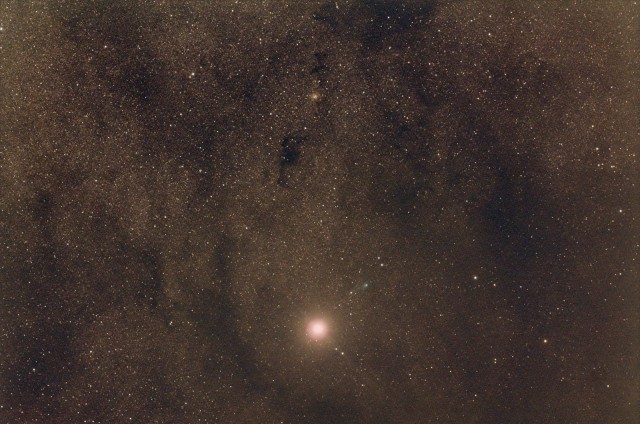
Well, the big comet encounter of the year took place tonight, Oct 19, 2014 and Mars and Comet Siding Spring (C/2013 A1) both survived. LoL. Seriously, it was a very close encounter if you had darkness when it was closest. Here in southern Louisiana, it took place during daylight, so I had to catch it after closest approach as C/2013 A1 was bidding Mars farewell.
I had a strange night with some issues, but I managed to get some decent data and also lucked out with some good weather for this event. This image is from the first set of images I took and it is a composite of comet-only processed and star background processed image stacks. The comet moved a good distance in the twenty-five minutes it took to get the sub-frames, so I had to isolate it with different alignment and stacking techniques than I use for normal deep-sky images.
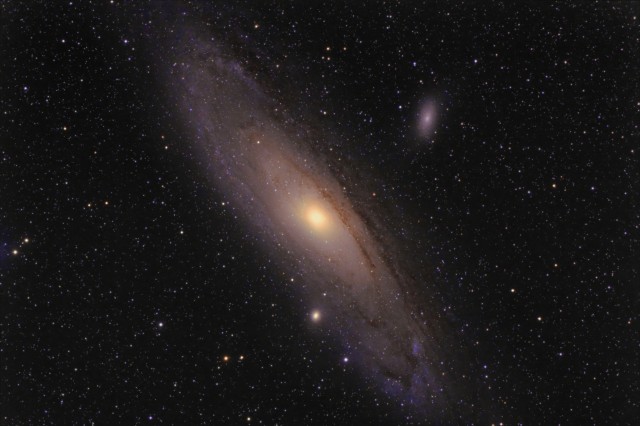
Here’s another ISO 6400 test image and I think it came out pretty well. Temps were only in the mid to low 60’s, so noise was an issue. However, the test reveals that with enough sub-images, the noise can be smoothed out. I did notice that there was a remnant pattern noise that I see when guiding was off and tracking in a certain direction. Dithering during guiding would help for that, but I did not set that option during my imaging session. For sure I’ll try that next time.
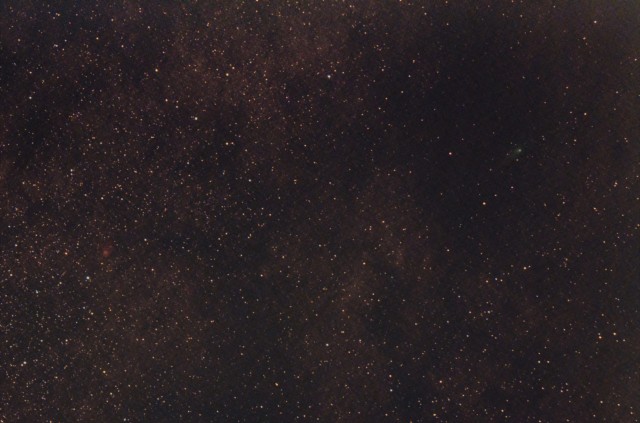
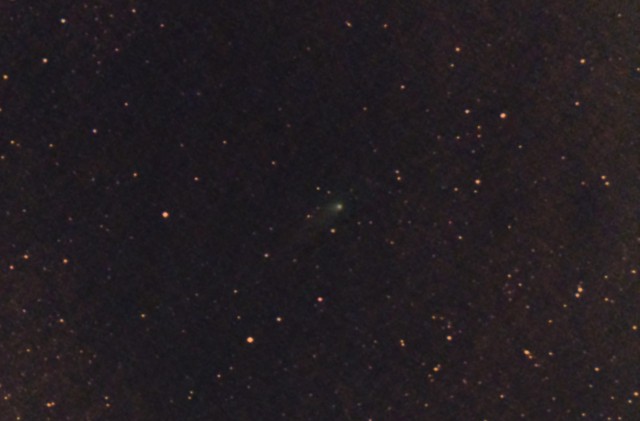
Well, I finally managed to catch that small comet that is about to side-swipe Mars. It was a last minute effort and I caught the comet late and a little too close to the horizon. It was so low, that I had to throw out the last six sub-images because they were way too red. At that point, the comet was only 2 degrees above the horizon. That’s probably the lowest angle I ever tried to image something.
The actual close approach to Mars will occur on October 19th, 2014. Hopefully, I’ll get a chance to shoot it again at that time. It’s a little runt comet, but at least it is newsworthy. lol 😀
For this image, I had to travel a few miles from home to find a western horizon free of obstructions, since from my backyard it is impossible to see. I ended up staying there most of the night since the sky was so nice.
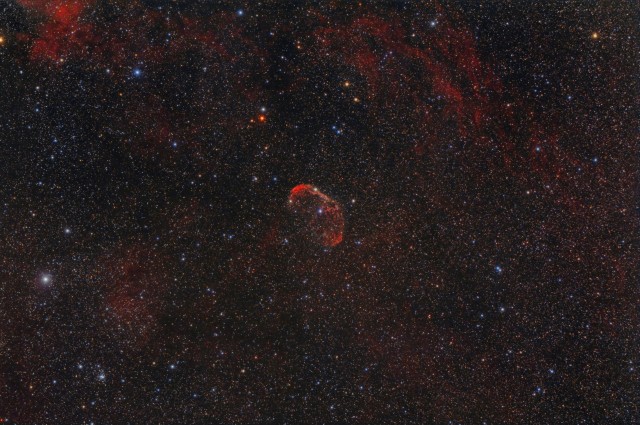
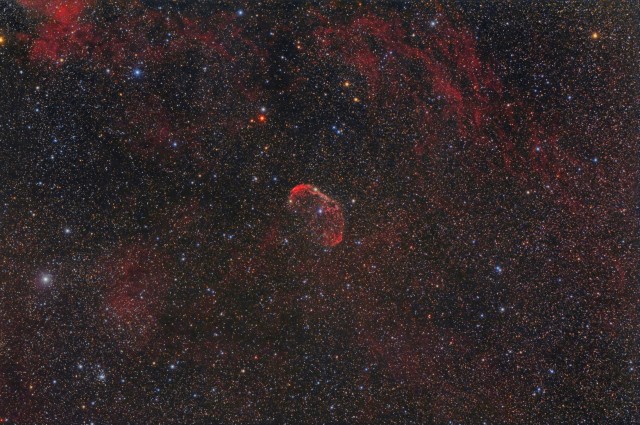
A mosaic of the Crescent Nebula area. Exposures from 4 different years were used. The base image was acquired on Nov 2, 2013 and was 40x60sec ISO 6400. I imaged it again on October 17, 2014 with 77 images and added that into the mix. Two nights of imaging in Nov 2010 of 9×720″ ISO400, 11×480″ ISO800 sub-images were also added in (for a total of 5.21 hours integration time.) Finally, data from an image of just the Crescent Nebula itself, taken with my SN-8 telescope was used and it was made with 57×180″ ISO 1600 sub-images taken on Oct 1, 2007.
I used RegiStar to manipulate the data. The beauty of software like RegiStar is that it can combine data taken years apart. In this case, over 7 years. I was able to take the nebulosity caught with a high ISO stack of sub-images, but with a noisy background and combine it with stacks of subs taken at lower ISO values which had a much smoother background. The stacked mosaic-like result let me bring out more of the dim nebulosity that pervades the Crescent Nebula area and keep the noise at bay, somewhat. A little more detail in the Crescent itself was enhanced with data from my larger, 8″ scope.
I present a regular version and an enhanced, lighter version that was generated from the data in the first image with Starizona’s Levelizer plug-in for PS.
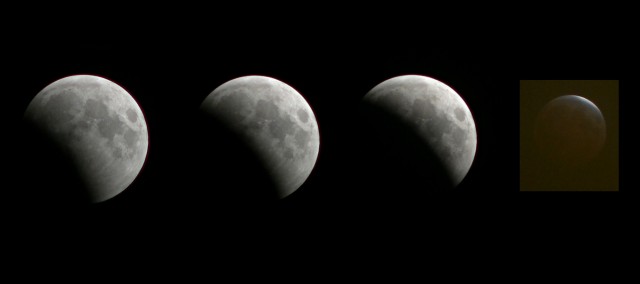
The eclipse of the Moon on October 8, 2014. This was shot with a JVC HD Video Recorder. I made stills of the moon from the movie clips I took. Some were used to make this composite image. I never tried a video camera before for an eclipse, so this was a learning experience.
Unfortunately, before the eclipse got going good, fog came in really heavy and the totality part of the eclipse was seen for just a minute or so. Before I knew it, the moon had sank too low into the fog and was swallowed by it. I barely got a shot off. Oh, well… at least I did not scratch. LoL 🙂
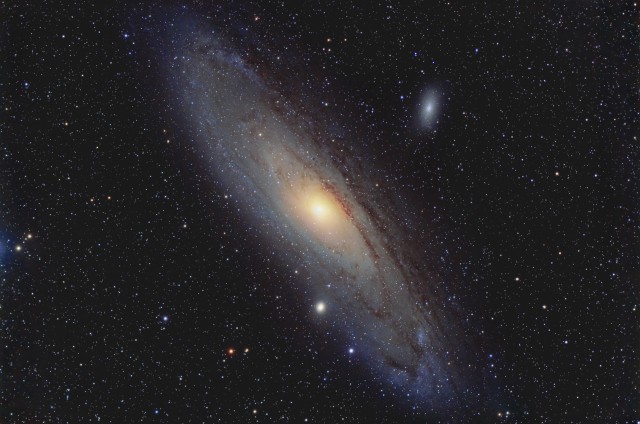
Recently, I purchased a new monitor (a Dell 22″ LCD) and needed a good background image for it. My M31 data from 2011 had some issues, so I re-worked it a little and rotated it to a landscape orientation instead of the portrait orientation that I had used before. Now, it makes a great background image for that new monitor! 🙂